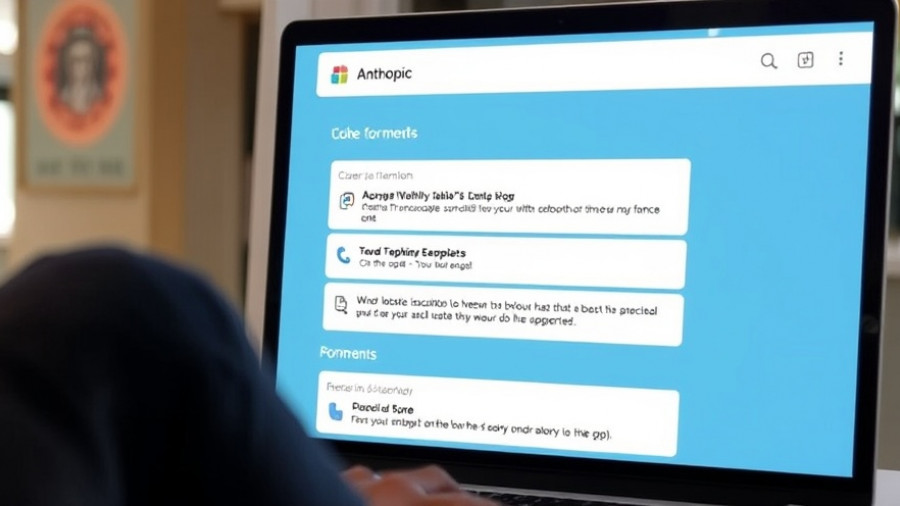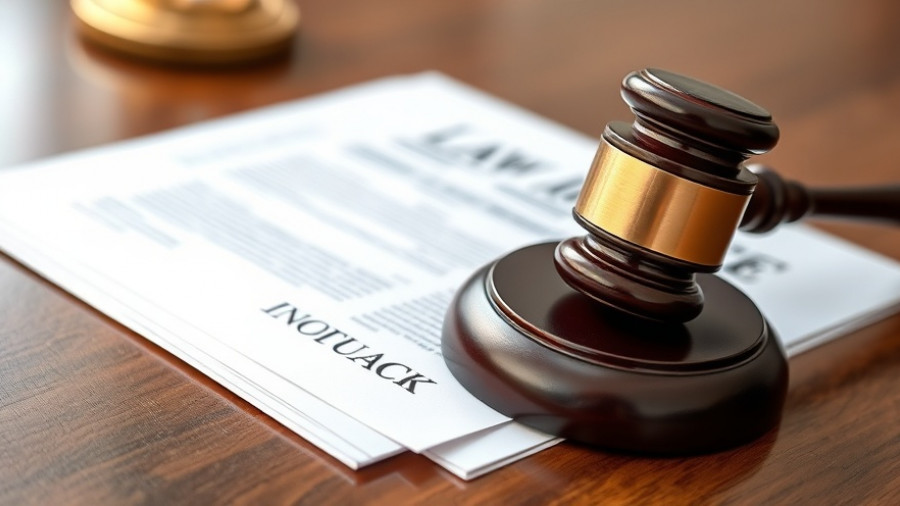
Understanding the Distinct Usage Patterns of ChatGPT and Claude AI
As the landscape of artificial intelligence continues to evolve, two major players, OpenAI's ChatGPT and Anthropic's Claude, have emerged as dominant forces in the AI chatbot arena. Recent analyses shed light on how these platforms are utilized by their user bases, revealing a stark contrast in their applications and the types of tasks they excel at.
ChatGPT's Focus on Everyday Tasks
According to a comprehensive study from OpenAI, most interactions with ChatGPT revolve around non-work-related inquiries. As of June 2025, only 27% of the conversations were work-related, down significantly from 47% in June 2024. This suggests that users are increasingly seeking personal assistance rather than professional support from the AI.
The data indicates that users primarily turn to ChatGPT for practical guidance, information-seeking, and writing tasks. Remarkably, nearly 80% of all conversations are devoted to these areas. Whether it’s tutoring, seeking updates on current events, or writing emails, ChatGPT serves as a versatile tool for everyday challenges.
An Insight into Claude's Automation Strengths
In contrast, Claude has carved out a niche primarily focused on automation and coding. Anthropic's usage report emphasizes that users leverage Claude more for tasks that require structured commands and programming support. While ChatGPT is your go-to for writing and general advice, Claude steps in where automation and directive processes are needed, establishing itself as a valuable asset for developers and professionals in tech-heavy environments.
Why AI Adoption Varies by Region
The uneven distribution of AI usage across various demographics and geographical regions cannot be overlooked. Wealthier areas are capitalizing on advanced AI functionalities more rapidly than their less affluent counterparts. This divide highlights a pressing issue within the AI narrative, creating disparities in accessible technology and its benefits.
Charting the Future of AI Interactions
As we observe these shifting trends in AI usage, looking towards the future can yield interesting insights. With ongoing developments, it’s likely that both ChatGPT and Claude will evolve further to meet user demands. We can anticipate an increase in hybrid functionalities, where both platforms may integrate features that benefit from each other's strengths.
Concluding Thoughts: Embracing AI's Diverse Capabilities
In conclusion, the distinctive capabilities of ChatGPT and Claude reveal varying user intentions behind AI interactions. While ChatGPT thrives on everyday tasks that enhance personal productivity, Claude stands out in areas requiring automation and programming support. Understanding these nuances is crucial for users planning to incorporate AI into their daily lives or professional environments. As we move forward in this AI-driven era, consumers will need to assess their needs and choose the most appropriate tool for their specific tasks.
For those eager to dive deeper into the world of AI, stay informed and explore how these platforms can reshape your work and personal life. The diversity of AI applications promises to redefine our engagement with technology in ways we are only beginning to understand.
 Add Row
Add Row  Add
Add 




Write A Comment